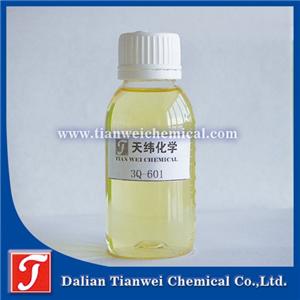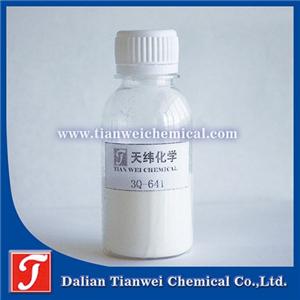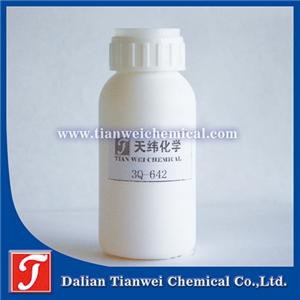The advantages of zinc ion antibacterial agents for plastic cutting boards
Compared with other antibacterial technologies (such as silver ions, organic antibacterial agents, etc.), plastic cutting boards using zinc ion antibacterial agents have the following advantages:
Highly efficient and broad-spectrum antibacterial
Broad-spectrum antibacterial effect: Zinc ions (Zn²⁺) have a significant inhibitory effect on common foodborne bacteria (such as Escherichia coli, Salmonella, Staphylococcus aureus) and molds.
Disrupting biofilms: It can prevent bacterial adhesion, avoid the formation of stubborn biofilms on the surface of cutting boards, and reduce odors and mold spots.
2. Safety and biocompatibility
Low toxicity: Zinc is an essential trace element for the human body (the recommended daily intake is about 8-11 mg). A small amount of migration is usually harmless, and its safety is higher than that of silver ions (which may accumulate) or organic antibacterial agents (such as triclosan).
Food-grade certification: Complies with the standards of food contact materials in various countries (such as FDA, EU 10/2011, and Chinese GB 4806), and is suitable for long-term use.
3. Long-term stability
High-temperature resistance processing: Zinc compounds (such as zinc oxide) remain stable and are not prone to decomposition even at high temperatures in plastic (PP/PE) injection molding.
Slow-release effect: Zinc ions can be released slowly, providing long-term antibacterial protection (more durable than photocatalytic antibacterial agents such as titanium dioxide).
4. Cost effectiveness
Low raw material cost: Zinc resources are abundant and its price is much lower than that of silver ion or other precious metal antibacterial agents, making it suitable for mass-market products.
Good process compatibility: It can be directly mixed into plastic masterbatches without the need for complex coating processes, reducing production costs.
5. Environmental protection advantages
No risk of drug resistance: The antibacterial effect of zinc ions belongs to the physical-chemical mechanism of action and is not easy to induce bacterial drug resistance (this problem exists in some organic antibacterial agents).
Easy to recycle and handle: Zinc-containing plastics do not require special separation during recycling, and their environmental impact is less than that of silver-containing or nanocomposite materials.
6. Additional functions
Promoting wound healing: Trace amounts of zinc ions in contact with food may have a potential auxiliary repair effect (indirect benefit) on minor wounds such as oral ulcers.
Neutral color: Zinc oxide is white and does not affect the appearance design of the cutting board (silver ions may cause yellowing).
Recommendation of Applicable scenarios
Zinc ion antibacterial plastic cutting boards are particularly suitable for:
For daily use at home (requiring frequent contact with fresh ingredients).
Commercial kitchen (high cost performance and durability requirements).
Children's products (with high safety requirements)
Recommendation of Applicable scenarios




